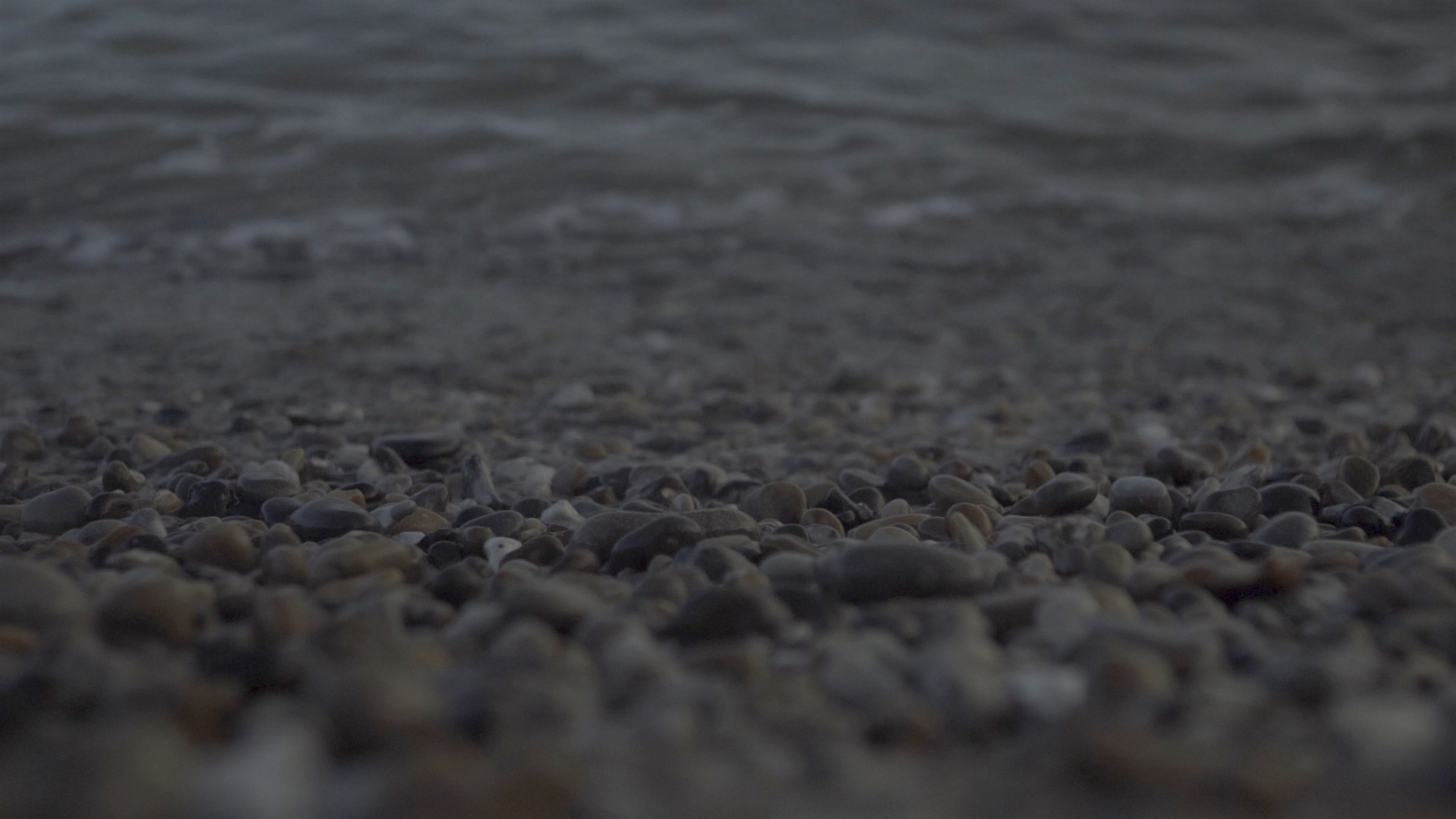How To Make Great DIY Swim Films – Top Tips #4
You can see the original article on Outdoor Swimmer here.
Week 4 - Sound
Our aim is to make a two-minute long film about a swim in November, using a smartphone. I’ve already discussed the importance of deciding on a format, preparing a shot list and giving simple directions. I've also run through some practical filming tips. This week, I'll talk about audio.
1. The microphone
Unfortunately, the built-in microphone on most smart phones is fairly basic and has not been developed at the same pace as the cameras. So the most critical part of recording sound on your phone is to be aware of the microphone's limitation.
It won't have a windshield, so any exterior sync sound - the sound that accompanies your images - might well feature wind noise, the annoying sound as wind hits against the microphone.
Also, your microphone is fixed to your phone, so the sound closest to the camera will always be the most prominent. In addition, any sound you make handling the camera may be audible.
(Note: if you are going to make a lot of DIY films on your phone, investing in a separate microphone might be worth considering. Several companies, for example Røde or Zoom, have developed some very good affordable mics for smart phones in recent years.)
2. Sound effects
Break down the film into key sound effects (the audio of an action/movement) and record them separately from the image. It will take some extra time, but it allows you to get closer to the action and record clearer sound of the swimmer getting into the lake/sea, for example, or the water lapping against the shore, or birdsong etc. If it's windy you can use a piece of thin cloth as a windshield.
Sound effects will be added it to the image in the edit.
3. Interview
We've decided earlier that the film will contain an interview in which the swimmer talks about the experience of going swimming in the winter, the way the cold water feels on their skin, the effect it has on the rest of the body etc.
Best time to do this is after the swim, so confirm a time with the swimmer, prepare your questions and find a quiet indoor space in order to get a crisp and clear recording.
Position the microphone as close as possible to the interviewee. You can't set record levels on a phone, so do a test and play it back to guarantee a good audio level. As with the sound effects, the interview will be added to the film during the editing, which we'll discuss next week.




